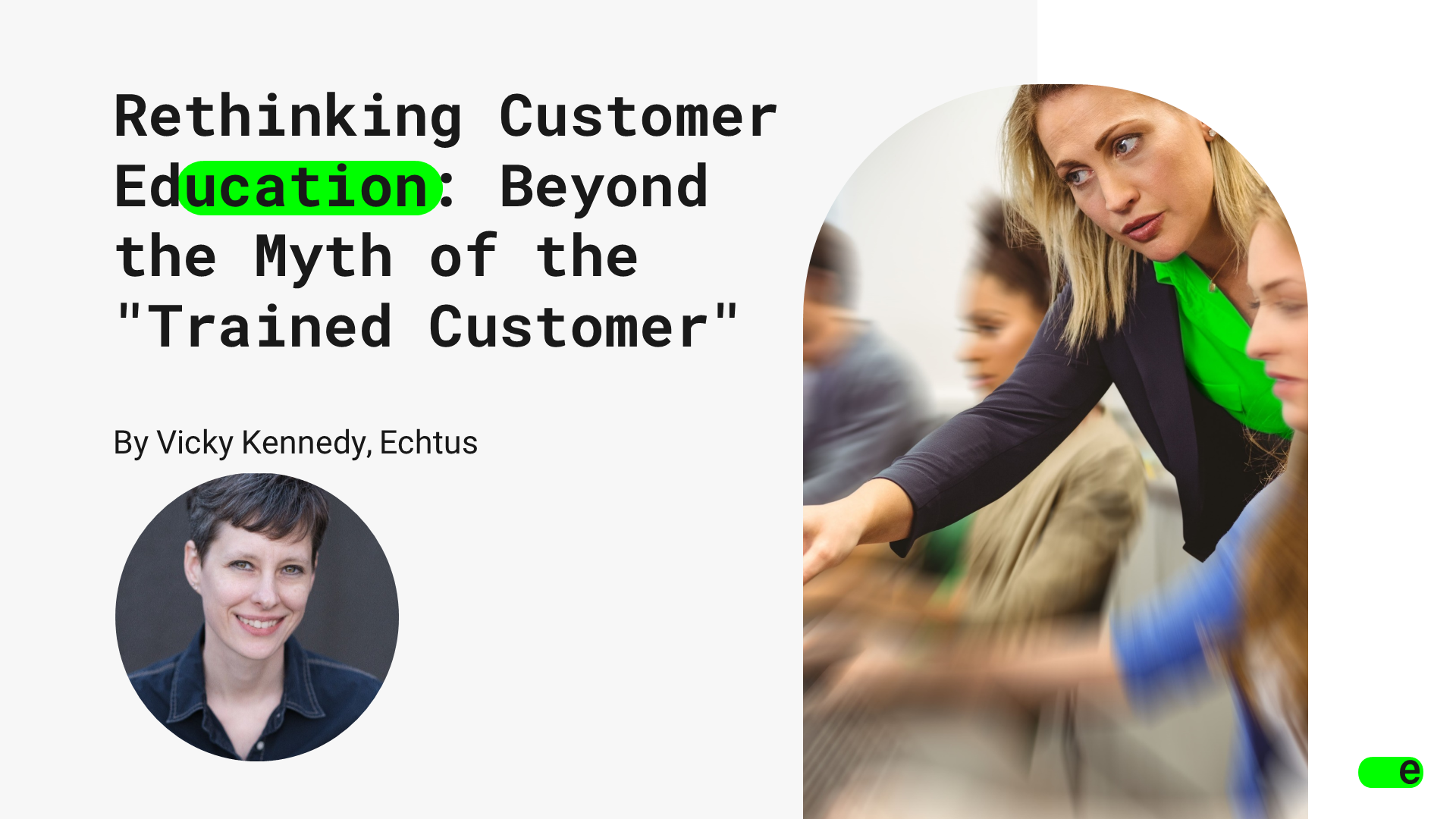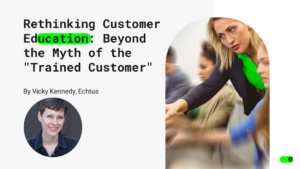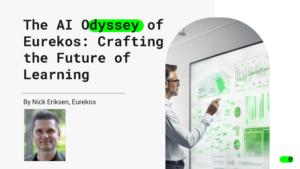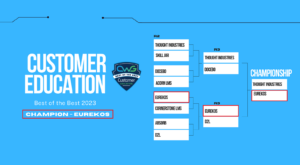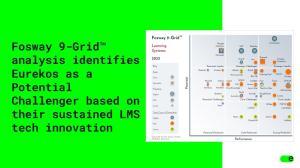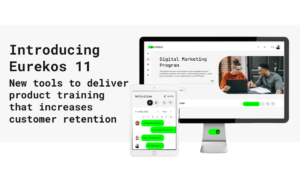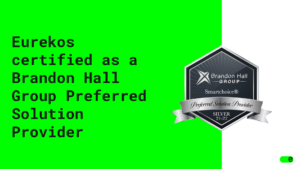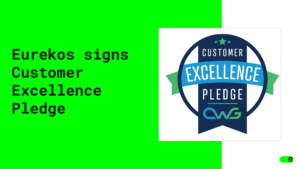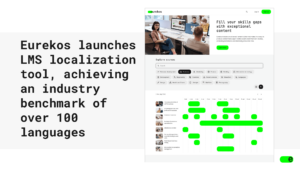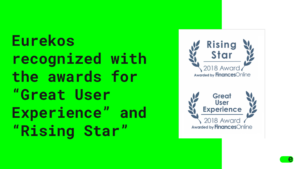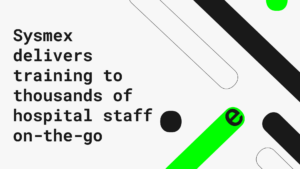By Vicky Kennedy, Echtus
In the evolving landscape of customer education and enablement, the term “trained customer” has long been a standard. It’s rooted in the traditional job training approach, where specific skills and finite outcomes are the focus. This concept is increasingly out of place in the dynamic world of customer interactions.
This article challenges this traditional notion of the “trained customer” and embraces a more fluid understanding of customer competency.
Historical Perspective: The Binary of Training
The concept of a “trained customer” traces its roots to the clear-cut binary of trained versus untrained, a distinction well-established in employee training practices.
This dichotomy is evident in various industries. For example, manufacturing operators are either trained in machine usage or not, and healthcare coordinators are either versed in patient intake procedures or not.
Such training is time-bound and conclusive, suitable for environments with straightforward, measurable outcomes. Initially, this binary model was applied to customer training too, with a similar labeling of clients as either trained or untrained based on their familiarity with a product or system.
Defining “Trained”: A Managerial Dilemma
For training managers, defining what constitutes a “trained customer” has been a quest driven by the need to demonstrate the value of their programs. Various metrics have been employed, from the number of courses completed to the time invested in training platforms or the achievement of certifications.
The goal was to establish a standard definition that could differentiate between trained and untrained customers. The hypothesis was customers would exhibit greater satisfaction, loyalty, and value to the company.
However, the starkness of this binary distinction fails to capture the complexities of modern customer behavior. As customers interact with rapidly evolving technology and shifting work environments, their success cannot be confined to such simplistic categorizations.
Instead, they exist along a spectrum of proficiency that continually develops through time and experience.
Competencies Over Uniform Outcomes
In contrast to job task training, which targets specific, well-defined outcomes, customer training should aim for a broader spectrum of competencies. The objective is not to have customers perform a particular action or follow a linear set of instructions. It’s to enable them to navigate the complexities of a product or service, making informed decisions in varying circumstances.
In this new framework, a “well-trained” customer is not one who merely follows a prescribed set of actions but one who can adapt and apply their skills in diverse scenarios. The focus shifts from simply completing training to achieving a level of competency that reflects in customer interactions.
This approach provides a more dynamic and realistic measurement of training efficacy and its influence on specific customer behaviors.
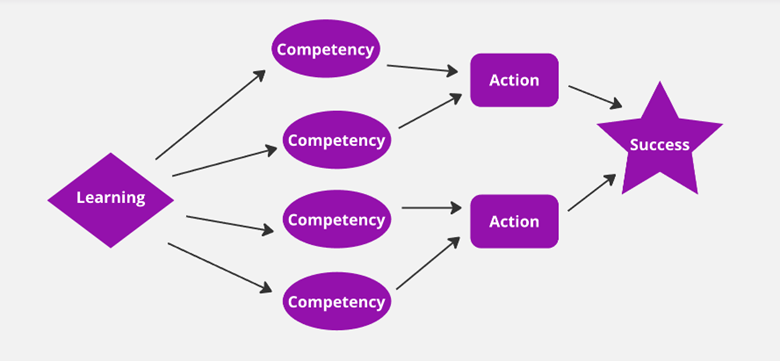
Continuous Learning in a Changing World
In the rapidly changing business and technology landscape, the concept of a “trained customer” is becoming increasingly inadequate. The traditional training model, designed for static job tasks, doesn’t align with the dynamic nature of customer interactions.
Businesses should instead foster an environment where customer competencies are continuously developed, enabling them to adapt and succeed in varied scenarios. This shift not only enhances customer engagement but also aligns training practices with the fluid, ever-evolving nature of the modern marketplace.
We must move beyond the myth of the “trained customer” and value the continuum of customer competency. Doing this, businesses can not only better equip their clients for success in today’s dynamic world, but also gain a more accurate measurement of how truly ‘well-trained’ their customers are.
This approach allows for a more nuanced and realistic assessment of training effectiveness, aligning more closely with the actual capabilities and progress of customers in the ever-evolving business landscape.
About the Author
Vicky Kennedy joined NYC’s tech industry in 2012, pivoting from a ten-year career in higher education. She soon found her way into Meta, where she merged her love of education with the fierceness and agility of tech, followed by Amazon, where she led the strategy and execution of the first global advertiser certification. She recently founded Echtus, a startup on a mission to revolutionize the way companies use education to achieve meaningful business results.
